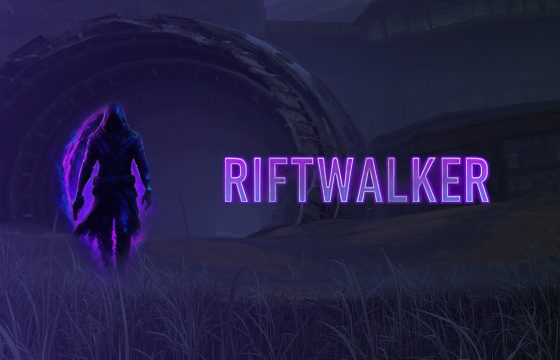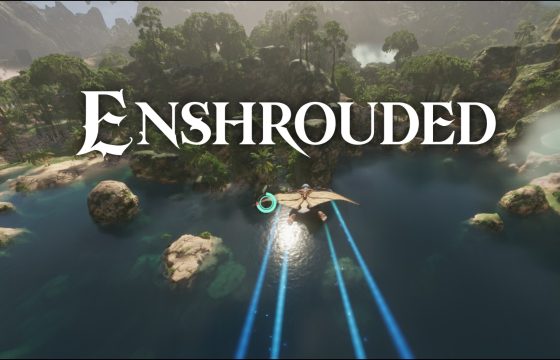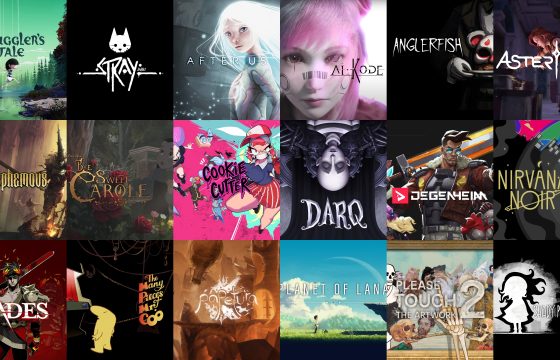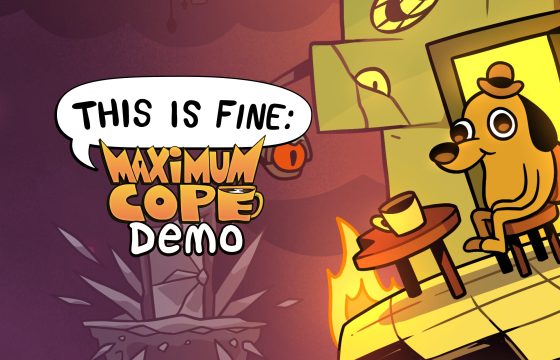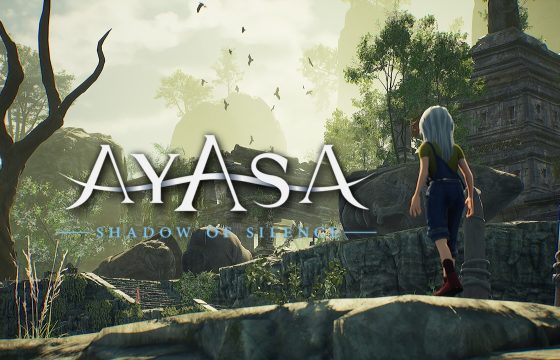A revolutionary yet flawed game that marked the downfall of Core Design and forever changed Lara Croft’s destiny.

Between the late ’90s and early 2000s, Lara Croft and Tomb Raider were iconic symbols in the gaming world, thanks to continuous graphical and gameplay evolution with each installment. Beyond being a charismatic, intelligent, and strong protagonist as envisioned by her creator Toby Gard, Lara quickly became a mainstream pop culture icon. She appeared in dedicated comic books, such as a crossover with Witchblade, and starred in iconic advertisements for brands like Lucozade, Seat Ibiza, and Visa. Her popularity extended to television, with numerous references and parodies, including comedic sketches on the show Ciro featuring Sabrina Impacciatore. Even the music world dedicated songs to her.
In 2001, the character made her big-screen debut in Lara Croft: Tomb Raider, portrayed by Angelina Jolie, achieving moderate success at the time. The foundations for lasting success were all in place, but something was about to change… for the worse.
Lara Croft: From Immortal Icon to Victim of Her Own Success
The penultimate installment of the Tomb Raider saga for PS1 and PC, Tomb Raider: The Last Revelation, inadvertently offered a glimpse into Core Design’s growing internal strife. The relentless pressure to deliver a new installment every year, coupled with soaring fan expectations, led to periods of intense crunch, pushing the development team to their limits.
This strain resulted in a paradox: as Lara Croft became a global icon, some of those who created her began to feel resentment. This led to the controversial narrative choice in The Last Revelation, where Lara “dies” in the collapse of a pyramid, breaking the tradition of spectacular final escapes or returning to her mansion.
Core Design’s management, dissatisfied with this darker direction, attempted to course-correct with Tomb Raider: Chronicles, which told the story of Lara’s adventures through the accounts of her friends at her funeral, spanning from Rome to New York. At the same time, Core Design set its sights on Lara’s future, planning for the next-generation console, the PlayStation 2, and the ambitious Tomb Raider Next project. Yet, this marked only the beginning of even greater difficulties.


From Ambitious Beginnings to a Bitter End: The Rise and Fall of Tomb Raider: The Angel of Darkness
The story of video games demonstrates that when a project exceeds its boundaries without the right oversight, the risk of failure becomes all too real. In certain instances, the decline of public trust can prove fatal, as we’ve seen with the infamous case of Cyberpunk 2077. The team at Core Design, thrilled by the opportunity to bring Tomb Raider to the PlayStation 2, envisioned a project that was set to be revolutionary, daring, and full of potential. Key innovations included:
- A new graphics engine running at 60 fps
- Two playable protagonists, introducing Kurtis Trent
- A system to enhance Lara’s abilities
- Stamina to make climbing more intense
- Psychic powers and unique weapons for Kurtis
- Stealth elements to revolutionize gameplay
- Side missions and dialogue choices
- An episodic structure sold online (an innovative idea for the time)
However, these ambitions quickly clashed with technical limitations and chaotic team management. The project underwent drastic cuts, resulting in plot holes and frustrating, nearly unplayable game sections.
Key elements were removed, including:
- A level set in a German castle, crucial for the plot and acquiring a particular weapon.
- An extensive opening sequence explaining how Lara survived the desert, along with important revelations and characters.
- The ability to use Lara’s dual pistols, as seen in trailers.
- The use of Kurtis’s blade, making certain sections more challenging.
The game was released in 2003 and was a disaster. In addition to a plot full of inconsistencies, The Angel of Darkness suffered from severe technical issues, unresponsive controls, and unpolished gameplay.


What Legacy Does Angel of Darkness Leave?
Though Angel of Darkness failed to meet expectations, it remains an ambitious project that sought to deepen Lara Croft’s character by exploring darker and more mature themes. With proper management, it could have marked a defining moment for the series and the action-adventure genre.
Today, the game is met with conflicting opinions:
On one side, it is criticized for its catastrophic technical issues,
While on the other, many fans recognize the latent potential it held.
Unfortunately, Crystal Dynamics and Square Enix have never revisited the ideas introduced in Angel of Darkness, leaving an unfilled void in the saga.
A Fresh Take on Tomb Raider: The Angel of Darkness
Angel of Darkness was recently remastered as part of the Tomb Raider IV-VI Remastered collection, developed by Aspyr. The new version enhances several technical aspects and restores cut content, such as:
- Kurtis’s blade, now available for use.
- The fully completed Paris level.
- A cutscene expanding on Lara’s history in Egypt.
While these improvements, although modest, represent a meaningful first step in reexamining Angel of Darkness, they don’t fully address the original game’s shortcomings. Nonetheless, they offer a chance to rediscover a title that, despite its flaws, made a significant mark on the Tomb Raider franchise. With further development, this remaster could spark renewed interest and lead to a version of Angel of Darkness that finally fulfills its potential.


